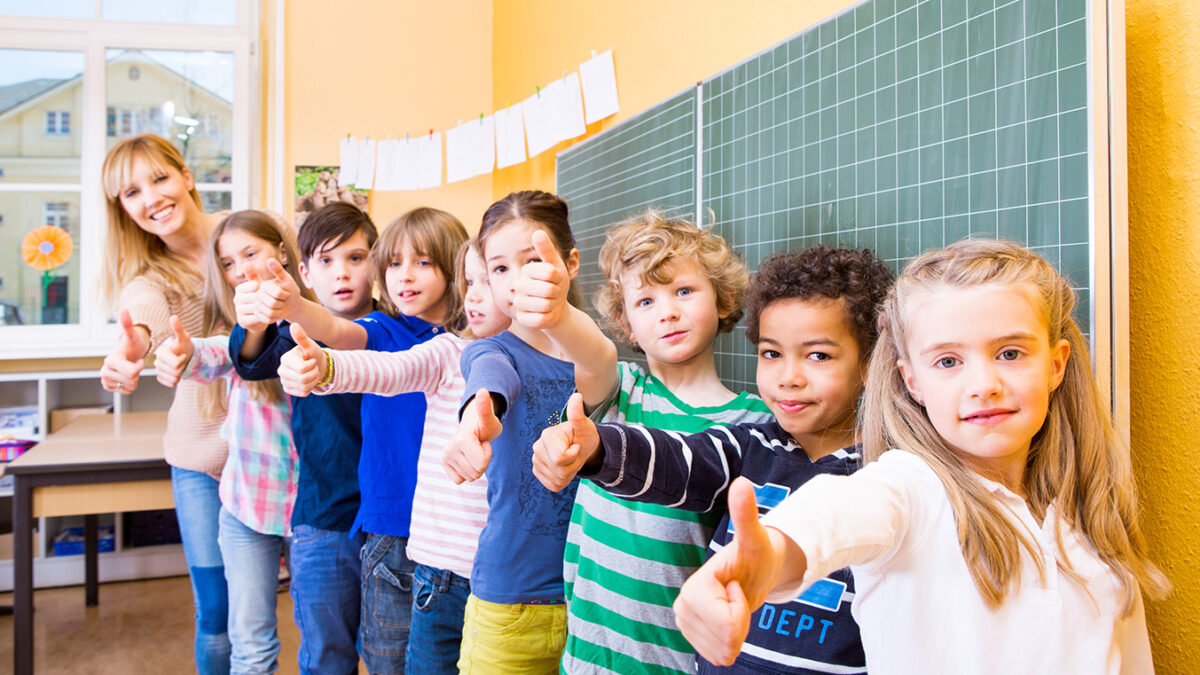Parents and educators have long praised hands-on learning as a critical aspect in growing children who develop a lifetime love of learning and excel academically. But what precisely does “hands-on learning” imply, and why is it so useful to students? We’ll look at both the concept and the advantages in this article.
What is the definition of hands-on learning?
Hands-on learning is a method of teaching in which students learn by doing. Rather than merely listening to a teacher or instructor talk on a topic, the student interacts with it to solve a problem or create something.
Though certain disciplines (for example, shop class) spring to mind more immediately when discussing hands-on learning, the truth is that a hands-on educational philosophy may be implemented into practically every subject matter. Listed below are a few examples:
- As part of math lesson, students are required to solve problems.
- As part of a scientific class, completing a lab experiment
- As part of a tech lesson, students may construct circuits or operate machinery.
The benefits of hands-on learning
Hands-on learning is not a “new” trend in the classroom. Even today, however, many schools struggle to incorporate hands-on projects and principles into student work. This can be especially difficult for public schools, which frequently have limited funds and less flexibility in terms of curriculum development.
Hands-on is another way to learn.
Some children learn better with visual aids. Listening to a parent or instructor speak may be the most effective way for certain youngsters to learn. Some children like to learn by reading and writing about a topic. Visual, auditory, and reading/writing learning styles are the three types. However, there is a fourth type of learning that is often overlooked: kinesthetic learning, which is a fancy way of expressing “learning by doing.”
Many ideas exist to explain why hands-on learning is so effective. The truth is that there is no single “why.” But there is one hard-to-dispute fact about hands-on learning: it is extremely engaging.
Students gain experience by working hands-on.
Hands-on learning not only improves engagement, but it also helps students to put what they’ve learned into practice. Anyone who has ever learned a skill or information can attest to the fact that the more practise you get, the better at that skill you will become and the better you will be able to retain the information.
This can be seen in many scientific classes around the country, which combine traditional study methods (lecture, discussion, and reading) with active learning principles in lab sessions. While students may learn about a subject in the classroom, they are able to put that notion into reality and get practice implementing it in the laboratory by stepping through an experiment.
What can parents do to encourage their children to engage in hands-on learning?
Parents have more control over how their children learn when they are young and at home. It’s critical for parents to offer hands-on activities that will challenge their child to learn via doing at this age.
When a kid leaves the house and enters a nursery programme, preschool, kindergarten, or grade school, however, parents who value hands-on learning must select a school that shares their values.
Related Links


